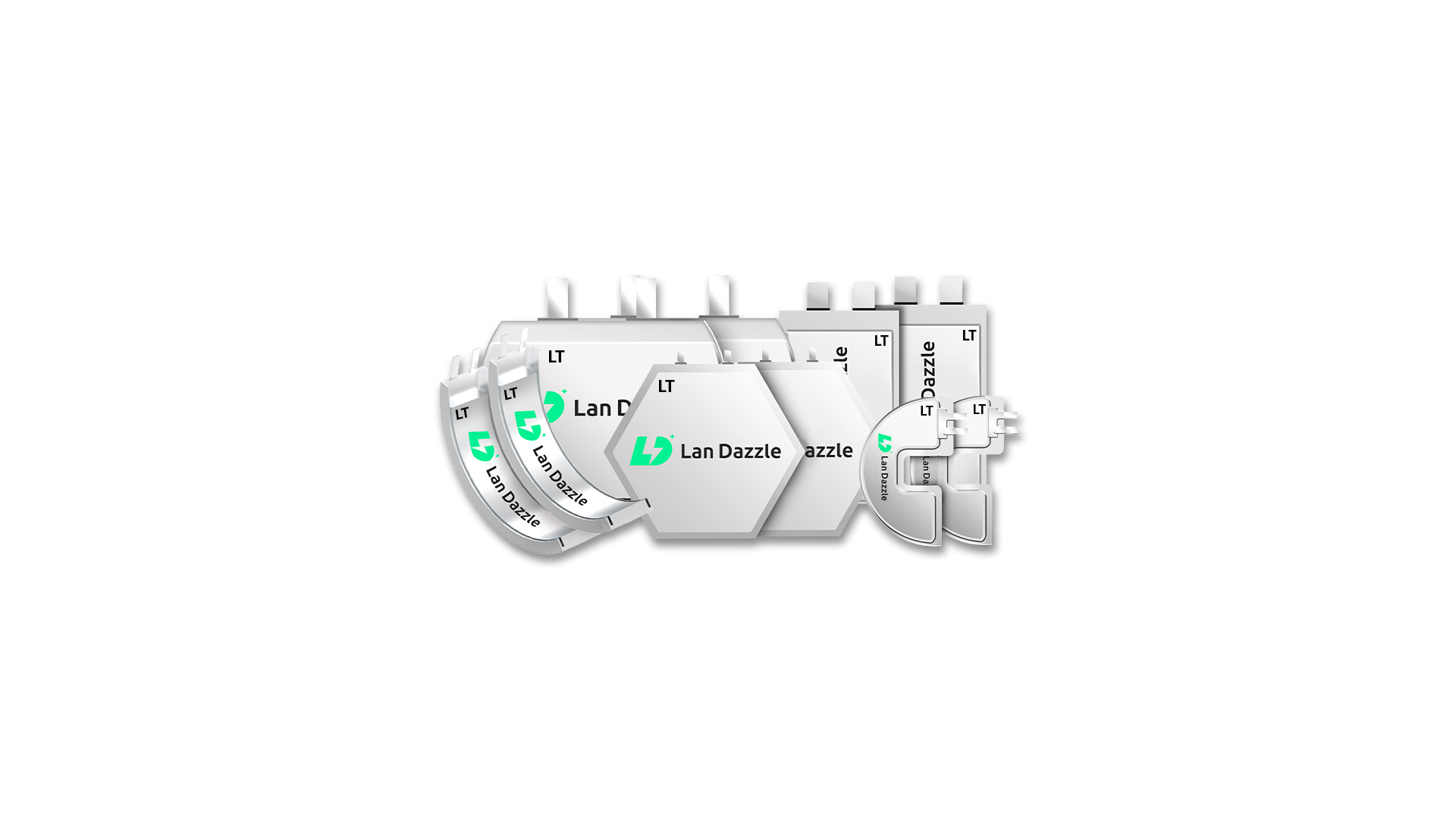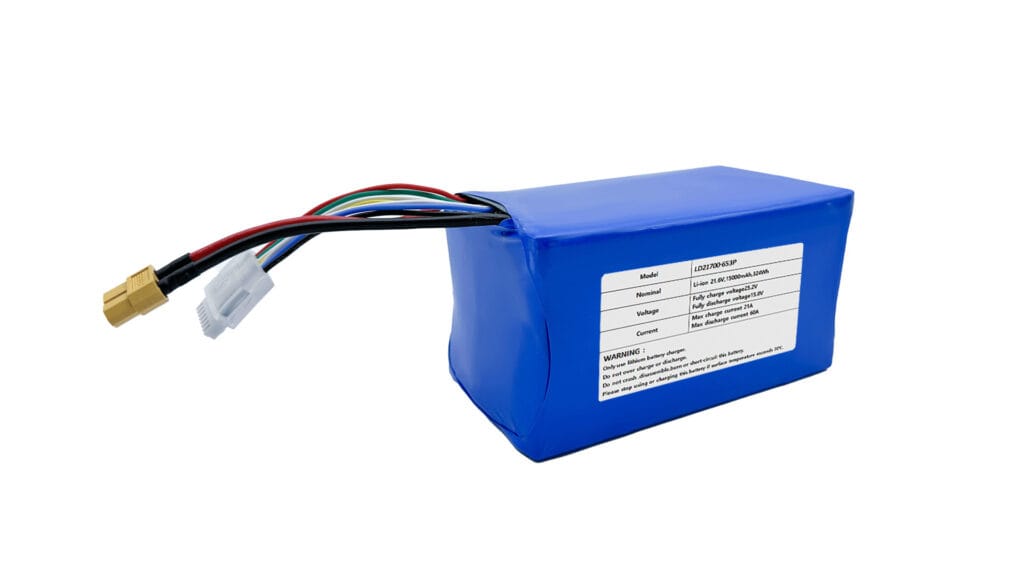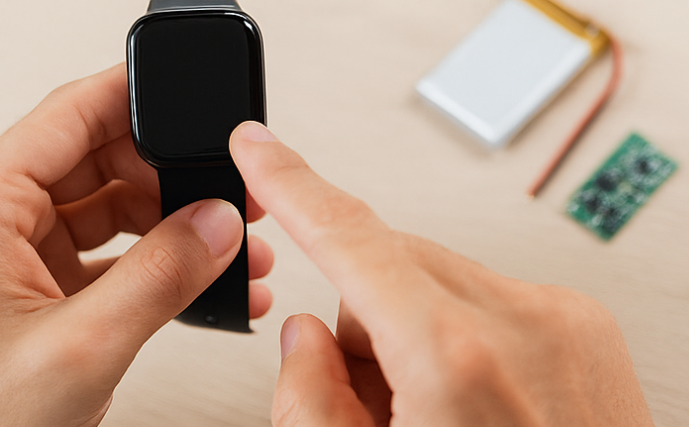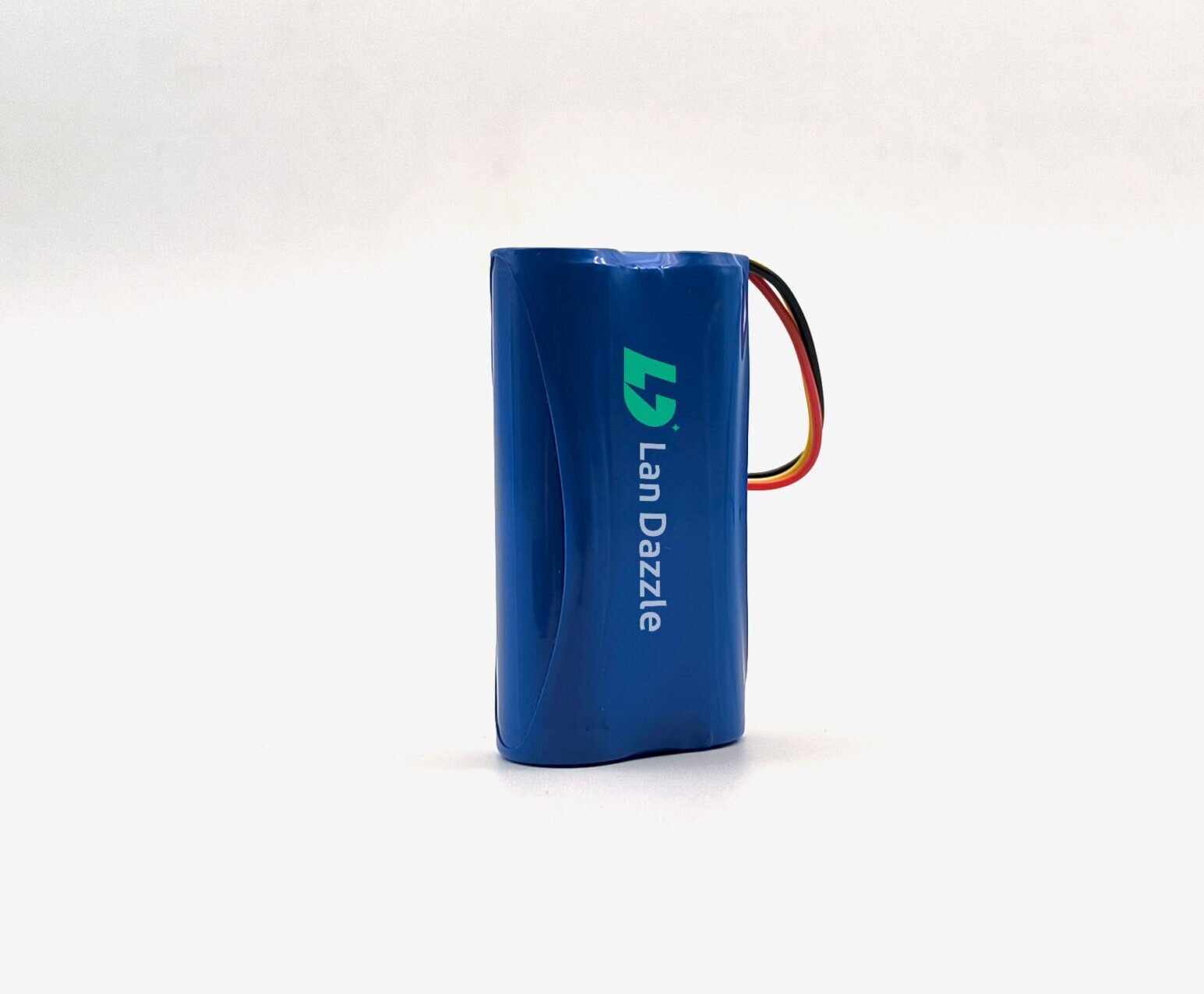Custom battery packs are the silent powerhouses behind a vast array of modern innovations, from electric bicycles and portable medical devices to robotics and smart home systems. These tailor-made energy solutions offer unparalleled flexibility and performance. However, like all batteries, their lifespan isn’t infinite. A common concern for anyone relying on a custom pack is how to make it last longer, specifically by extending its charge cycles.
So, what exactly is a charge cycle? Simply put, it’s one full discharge and recharge of a battery. While it might sound like draining your battery from 100% down to 0% and then back up, it’s more nuanced for 리튬 이온(리튬 이온) batteries. Two 50% discharges followed by recharges, for instance, typically count as one full cycle. Extending these cycles means getting more years and more reliable performance out of your investment, saving you money and reducing environmental impact.
This comprehensive guide is designed for a general audience, offering actionable strategies to significantly extend the charge cycles and overall 수명 of your custom Li-ion battery pack. We’ll demystify the science and provide practical tips you can implement today.
Understanding Lithium-Ion Battery Life: The Basics
To extend your battery’s life, it helps to understand what makes it tick – and what makes it degrade. 리튬 이온 배터리 are celebrated for their high energy density and lack of “memory effect” (unlike older battery chemistries). However, they aren’t immune to the relentless march of time and use.
그리고 수명 of a 리튬 이온 배터리 is typically measured in charge cycles and years. Most consumer-grade Li-ion batteries are rated for 300 to 500 cycles before their capacity drops to around 80% of the original. That 80% mark is usually considered the end of its useful life, though it might still function for less demanding tasks.
Several key factors influence this lifespan:
- 충전 상태(SoC): How full or empty your battery is.
- 방전 깊이(DoD): How much of the battery’s capacity you use in a single cycle.
- 온도: Both operating and storage temperatures play a huge role.
- Charge/Discharge Rate (C-Rate): How quickly you charge or drain the battery.
Beyond usage, batteries also experience calendar aging. This means they degrade simply by existing, even if they’re not being used. Internal chemical reactions slowly cause the capacity to fade and the internal resistance to increase, making the battery less efficient at delivering power. Think of it like a car aging in the garage – components still degrade over time, even without miles on the odometer.
The Golden Rules of Charging: Maximizing Charge Cycles
How you charge your custom Li-ion battery pack is perhaps the most critical factor in determining its longevity. Forget the old rules from nickel-cadmium days; Li-ion batteries thrive on different habits.
Avoid Full Charges (100% State of Charge) for Daily Use
While it might feel satisfying to see that 100% on your battery indicator, keeping a Li-ion battery at a very high 충전 상태(SoC) for extended periods puts significant stress on its internal chemistry. When fully charged, the battery’s voltage is at its peak, accelerating undesirable side reactions that lead to degradation.
Recommendation: For everyday use, aim to charge your custom Li-ion pack 에 80-90%. Many modern devices and smart chargers offer settings to limit charging, and if yours doesn’t, simply unplug it when it reaches this range. Studies show that a battery consistently charged to 80% can double its cycle life compared to one always charged to 100%. Think of it like stretching a rubber band – holding it at maximum tension for too long will weaken it faster.
Avoid Deep Discharges (Below 20% Depth of Discharge)
Just as keeping your battery full causes stress, allowing it to drain too low also puts a strain on the cells. A deep discharge, especially below 20% Depth of Discharge (DoD), can cause irreversible damage and significantly shorten the battery’s lifespan. Going down to 0% is the worst-case scenario and can even prevent the battery from recharging if it remains there for too long.
Recommendation: Try to recharge your custom battery pack before its charge level drops below 20%. This practice significantly reduces stress on the cells.
Partial Charging is Your Friend
Unlike older battery chemistries that suffered from a “memory effect” and needed full discharge/recharge cycles, 리튬 이온 배터리 actually prefer partial charges. Frequent, shallow charges are much healthier for them than occasional deep cycles.
Recommendation: Don’t be afraid to plug in your custom battery pack whenever you have the opportunity, even if it’s just for a short top-up. This keeps the battery operating in its comfortable mid-range SoC, which is ideal for longevity.
Optimal Charging Rate (C-Rate): Slower is Often Better
그리고 C-rate refers to how quickly a battery is charged or discharged relative to its capacity. A 1C rate means a battery with a 1000mAh capacity is charged or discharged at 1000mA. While fast charging is incredibly convenient, it typically generates more heat and can put additional strain on the battery cells.
Recommendation: Whenever possible, use a slower charging rate. While modern Li-ion batteries are designed to handle fast charging, using it frequently can accelerate degradation over time. Save fast charging for when you truly need it, and opt for standard charging otherwise.
Disconnect When Full
Even with built-in protection circuits, leaving a battery on charge indefinitely isn’t ideal. Once a 리튬 이온 배터리 reaches 100% SoC, the charger typically switches to a “trickle charge” or maintenance mode. While this is less harmful than constant full-current charging, it still keeps the cells at a high voltage state, which, as we discussed, isn’t optimal for 수명.
Recommendation: If your custom battery pack allows it, unplug it from the charger once it reaches your desired charge level (e.g., 80-90% or full).
Use the Right Charger
This might seem obvious, but using a charger that’s not specifically designed for 리튬 이온 배터리 or that doesn’t match your pack’s voltage and current requirements can be extremely dangerous and damaging.
Recommendation: Always use the charger provided with your custom battery pack or a high-quality, compatible charger from a reputable manufacturer that matches the pack’s specifications.
The Temperature Tango: Keeping Your Battery Cool
If charging habits are the most critical factor, then 온도 is a very close second. Heat is the biggest enemy of lithium-ion batteries. High temperatures accelerate the chemical reactions that lead to degradation, causing capacity loss and increased internal resistance much faster than normal.
Optimal Temperature Range
For both operation and charging, 리튬 이온 배터리 prefer moderate temperatures. The ideal range for most Li-ion cells is between 20-25°C (68-77°F). Going above 30°C (86°F) significantly accelerates aging. For example, a battery stored at 45°C (113°F) can degrade twice as fast as one at 25°C.
Recommendation:
- Avoid leaving your custom battery pack in direct sunlight, hot vehicles, or near heat sources.
- If your application generates significant heat, ensure adequate ventilation and heat dissipation around the battery pack. Custom enclosures should be designed with airflow in mind.
Cold Weather Considerations
While heat is the primary concern, cold temperatures also pose risks, particularly during charging. Charging 리튬 이온 배터리 below freezing (0°C or 32°F) can cause lithium plating – a phenomenon where metallic lithium deposits form on the anode. This is irreversible damage, reduces capacity, increases internal resistance, and can pose a safety risk.
Recommendation: If your custom battery pack has been exposed to freezing temperatures, allow it to warm up to room temperature before attempting to charge it. Operating in cold (but above freezing) temperatures is generally less damaging than charging in the cold.
열 관리 시스템
For high-power or large custom battery packs, advanced designs may incorporate thermal management systems, including passive cooling (heat sinks, strategic airflow) or active cooling (fans, liquid cooling). These systems are crucial for maintaining optimal operating temperatures and significantly contributing to the pack’s 수명.
Smart Storage: Preserving Your Battery When Not in Use
Even if you’re not using your custom 배터리 팩 every day, proper storage is essential for maintaining its health and extending its overall 수명. Batteries, like people, don’t like extreme conditions when resting.
Ideal Storage State of Charge (SoC)
Storing a 리튬 이온 배터리 at 0% or 100% 충전 상태(SoC) for extended periods is detrimental.
- Storing at 0% can lead to deep discharge and potential irreversible damage, making the battery unable to accept a charge.
- Storing at 100% keeps the cells at a high voltage, accelerating capacity fade due to stress, especially if combined with high temperatures.
Recommendation: For long-term storage (more than a few weeks), charge your custom Li-ion battery pack to approximately 50% State of Charge (SoC). This is the sweet spot where the battery is stable and experiences minimal degradation.
Cool, Dry Place
Just like during operation, 온도 is critical for storage.
Recommendation: Store your custom battery pack in a 서늘하고 건조한 장소 away from direct sunlight, extreme heat, or excessive humidity. A cupboard or a dedicated battery box in a room-temperature environment is ideal.
Periodic Check-ups
리튬 이온 배터리 experience a phenomenon called self-discharge, meaning they slowly lose charge even when not in use.
Recommendation: If storing your custom battery pack for several months, check its charge level every 3-6 months. If it has dropped significantly below 50%, top it up to that level to prevent it from falling into a dangerous low-voltage state.
Separate from Device (If Possible)
Some devices can draw a small amount of power (a parasitic load) even when “off,” slowly draining the battery.
Recommendation: If your custom battery pack is easily detachable and practical to remove, storing it separately from the device can help prevent this gradual drain and maintain its ideal SoC for storage.
배터리 관리 시스템(BMS)의 역할
For any custom 리튬 이온 배터리 팩 with multiple cells, a 배터리 관리 시스템(BMS) isn’t just a good idea – it’s absolutely essential for both safety and 수명. Think of the BMS as the “brain” or “guardian” of your battery pack.
What Does a BMS Do?
A BMS is an electronic circuit board that constantly monitors and controls various aspects of the battery pack, including:
- 전압: Preventing overcharging (too high voltage) and over-discharging (too low voltage) for individual cells and the pack as a whole.
- Current: Protecting against over-current during charge and discharge, and preventing short circuits.
- 온도: Monitoring the pack’s temperature and, in advanced systems, initiating cooling or shutting down the pack to prevent overheating and 열 폭주 (a dangerous, uncontrolled temperature increase).
- Cell Balancing: Ensuring that all individual cells within a multi-cell pack maintain a similar State of Charge. Without 셀 밸런싱, some cells might overcharge or over-discharge while others are still within safe limits, leading to premature pack failure.
Why It’s Crucial for Custom Packs
For a general audience, it’s important to understand that a custom battery pack, unlike a single consumer battery, comprises multiple individual cells wired together. If one cell becomes unbalanced or fails, it can compromise the entire pack. A well-designed and properly functioning BMS ensures that each cell operates within its safe limits, preventing stress on individual cells and significantly extending the overall 주기 수명 and safety of your custom pack. It’s the primary line of defense against catastrophic failures.
Other Important Considerations for Battery Longevity
While charging, temperature, storage, and the BMS are paramount, a few other factors contribute to the long-term health of your custom Li-ion battery pack.
- 물리적 손상을 피하세요: Lithium-ion cells are sensitive to physical abuse. Impacts, punctures, crushing, or even severe vibrations can damage the internal structure, leading to internal shorts, thermal events, or reduced performance. Always handle your custom pack with care and ensure it’s properly secured within its application.
- Use Quality Components: 그리고 수명 and safety of a custom battery pack start with the quality of the individual cells and the assembly. Reputable manufacturers use high-grade cells and design robust packs. While saving a few dollars on cheaper components might be tempting, it often leads to premature failure and potential safety hazards.
- Firmware Updates (If Applicable): For “smart” custom battery packs that integrate with larger systems, periodic firmware updates might be available. These updates can optimize charging algorithms, improve BMS performance, and enhance battery management.
- Avoid Parasitic Loads: Be aware that some devices or systems, even when “off,” can draw a small amount of power from the battery. If your custom battery pack is part of such a system and will be unused for an extended period, consider disconnecting it if feasible to prevent unnecessary drainage.
- Regular Monitoring: Pay attention to your battery’s performance. If you notice a significant decrease in runtime, excessive heat during use or charging, or any unusual swelling, it’s a sign that the battery is degrading or potentially experiencing an issue. Address these signs promptly.
결론
Extending the charge cycles and overall 수명 of your custom 리튬 이온 배터리 팩 isn’t rocket science, but it does require mindful practices. By adopting smart charging habits (avoiding extremes), diligently managing 온도, practicing proper storage, and understanding the vital role of the 배터리 관리 시스템(BMS), you can significantly enhance your battery’s durability and performance.
These simple yet effective strategies will not only save you money on replacements but also contribute to a more sustainable approach to technology, ensuring your custom power solution delivers consistent, reliable energy for years to come. Embrace these tips, and unlock the full potential of your custom battery pack.





